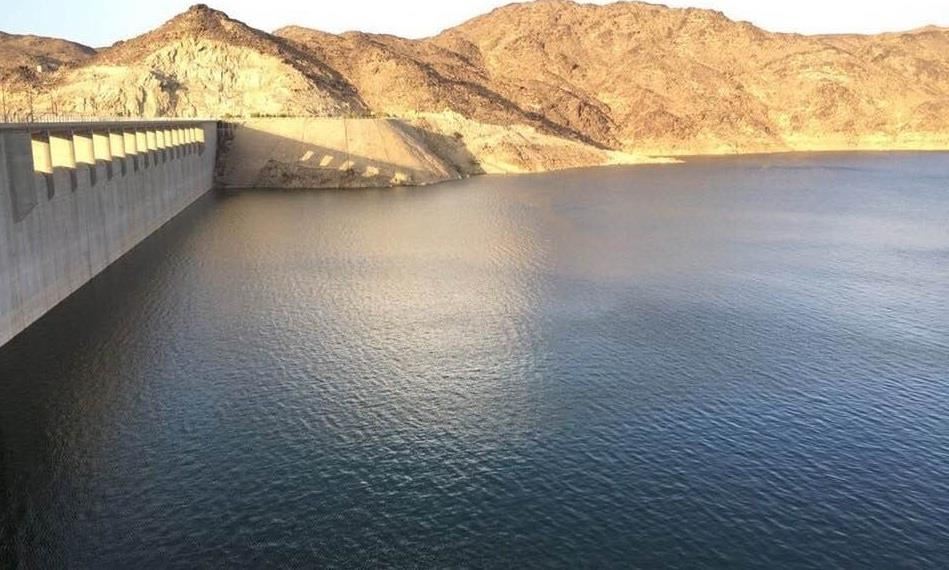
Stages of dam water treatment
In this article, we explain the stages of dam water treatment. What happens in the winter season increases the amounts of precipitation to the highest amounts. As a result, the volume of storage behind dams increased, as it exceeded 662 million cubic meters in many governorates of the Kingdom.
Water treatment
Water treatment means subjecting it to many stages of purification with the aim of making it suitable for human use, whether it be drinking, agriculture, or any other use, such as industrial fields. assigned to it later.
Form of water treatment
Treatment of seawater, river water, in addition to wastewater, and treatment of dam water, the details of which we will mention in this article.
Stages of dam water treatment
Sifting
The water is passed through sieves, to purify it from large objects. Most notably leaves or tree branches, or large pebbles and stones, as well as any other solid masses.
Sedimentation
It is the second stage in which the water is transferred to a large basin, equipped with aluminum sulfate or any chemical specified by the experts, and it plays the role of sedimentation, where the weight of the floating impurities becomes heavier than the water, so it is deposited at the bottom of the basin, and it is disposed of through the drawing technique.
Purification
During this stage, the water passes through a sandy layer, that is, a filter, the thickness of which is not less than eighty centimeters, and not more than one hundred and fifty centimeters, and the aim of doing so is to expel traces of particles or impurities, and to filter the water. It is mentioned that the filter is cleaned regularly so that solids do not accumulate. in it.
Sterilization
Sterilization is the final stage of water treatment, and it includes three mechanisms that we will mention as follows:
Chlorine gas sterilization:
It is the most common method used to sterilize the water of dams, in which chlorine gas is added in specific amounts in order to get rid of microorganisms, and chlorine dioxide is also used to improve the taste of the water.
Ozone gas sterilization:
It is one of the expensive sterilization mechanisms, but it has good results in this regard. As one to four milligrams of ozone gas is added to a liter of water, to eliminate colored substances and any substances that may cause disease.
UV sterilization:
During this the water is exposed to ultraviolet rays for a specific period. Because of its high effectiveness in killing bacteria and viruses harmful to human health and life.
Note
After sterilizing the water with ozone gas, it is filtered with activated charcoal, the same as the sand filtration process. But during it, the water is passed in a layer of activated charcoal, in order to eliminate organic matter, in addition to heavy metals, and unpleasant or unacceptable odors in the water, not to mention the unpalatable taste.
General indications for dam water treatment
- Ridding it of the forms of pollution that it may be exposed to. Such as the leakage of sewage water into it, or its exposure to the effects of radiation and chemicals from the means of war and military conflicts.
- Use it for drinking.
- Irrigation and watering plants.
Read this article to learn the reasons for choosing a water care company to build and maintain your plant. Where we believe in water care, every water drop has a special place. Whether it is the rationalization of water consumption for our kingdom, a cup of coffee, or a drinking cup for your family. We are committed to providing unparalleled expertise and access to our water filtration systems.
At Water Care, we take pride in providing many solutions and innovations. We always strive to develop and improve it, thus providing an integrated package for all water services. Such as magnetic treatment, home filters, reverse osmosis plants, and materials and tools needed for water quality tests.
























